Udemy now lists some iBeacon courses if you want to learn about iBeacon and programming smartphone apps that detect Bluetooth beacons.
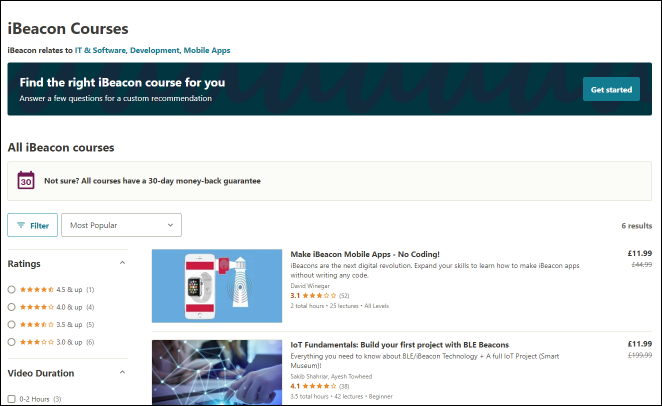
They also have Explore Bluetooth Low Energy ( BLE ) Fundamentals in Weekend.
iBeacon, Eddystone, Bluetooth, IoT sensor beacons, apps, platforms
Udemy now lists some iBeacon courses if you want to learn about iBeacon and programming smartphone apps that detect Bluetooth beacons.

They also have Explore Bluetooth Low Energy ( BLE ) Fundamentals in Weekend.
The electronics inside beacons tends to be very similar because they are based on chip manufacturers’ standard designs. Instead, the main differences tend to be the batteries and the case. When it comes to the case, how to attach the beacons is usually a consideration.
The most common way of attaching beacons is with a double sided sticker supplied with many beacons. 3M VHB is popular due to the strong hold. The sticker can be attached to smooth surfaces such as wall or the back of lanyard id holders.
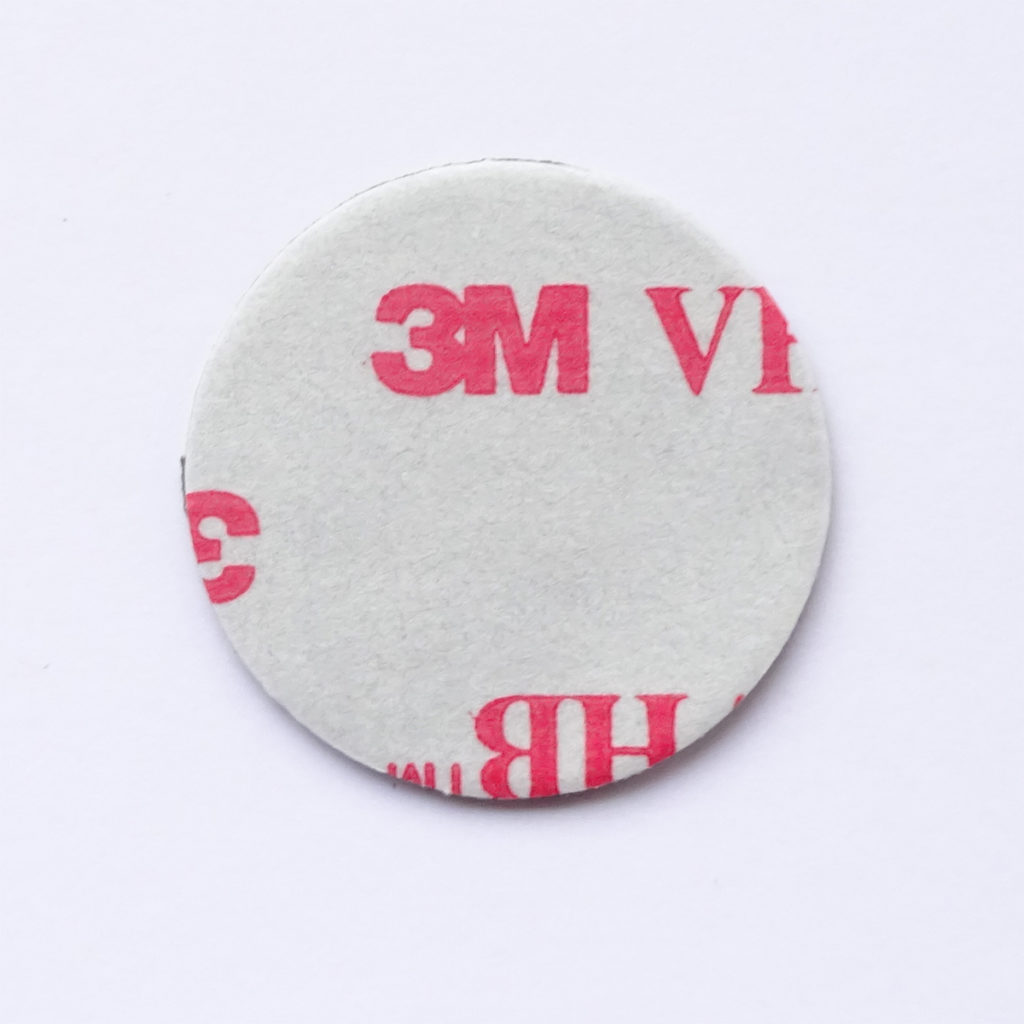
When using stickers, removing the beacons from walls can damage the paint surface. Also, some installations need a more theft resistant solution. Other’s need to be attached to rough surfaces or used in rugged situations. In these scenarios look for beacons with screw mounting. The screw holes are also sometimes used to plastic tie lock beacons to structures such as cages or plastic boxes.
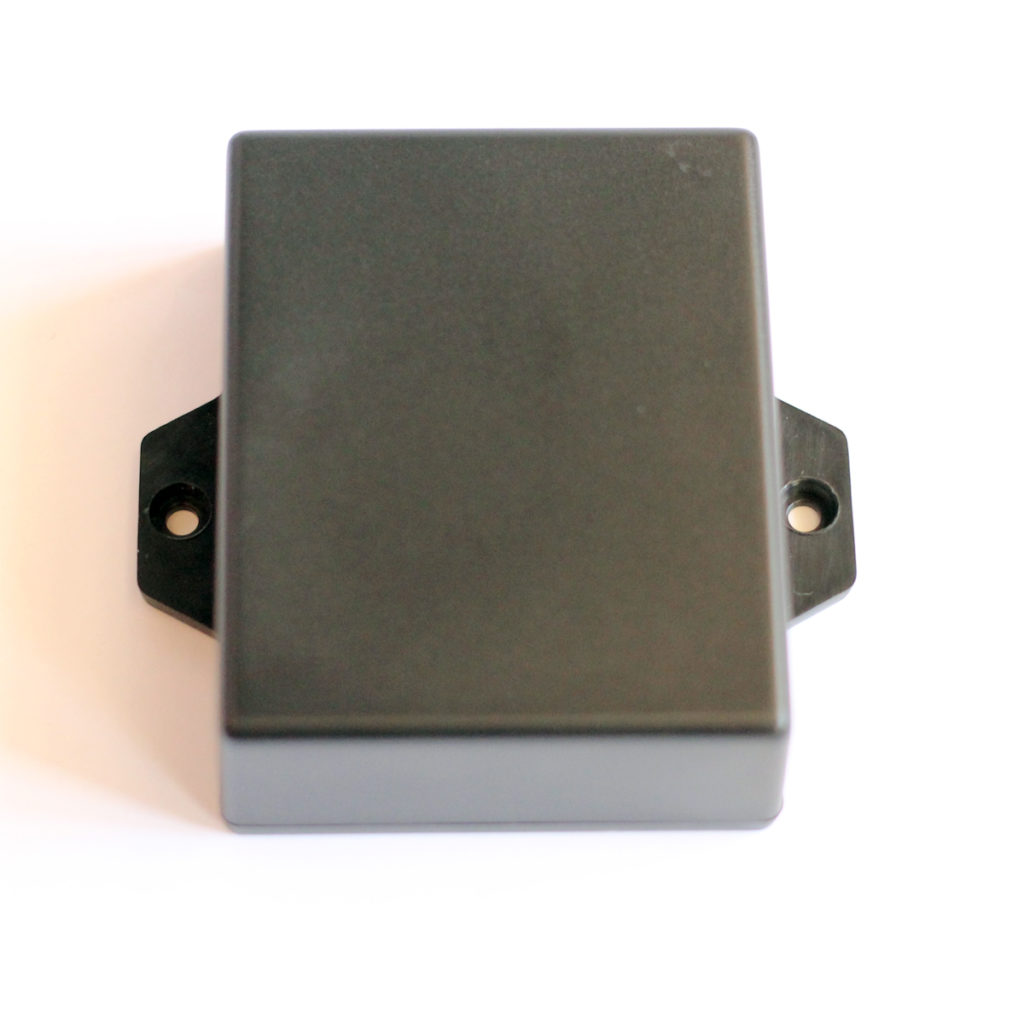
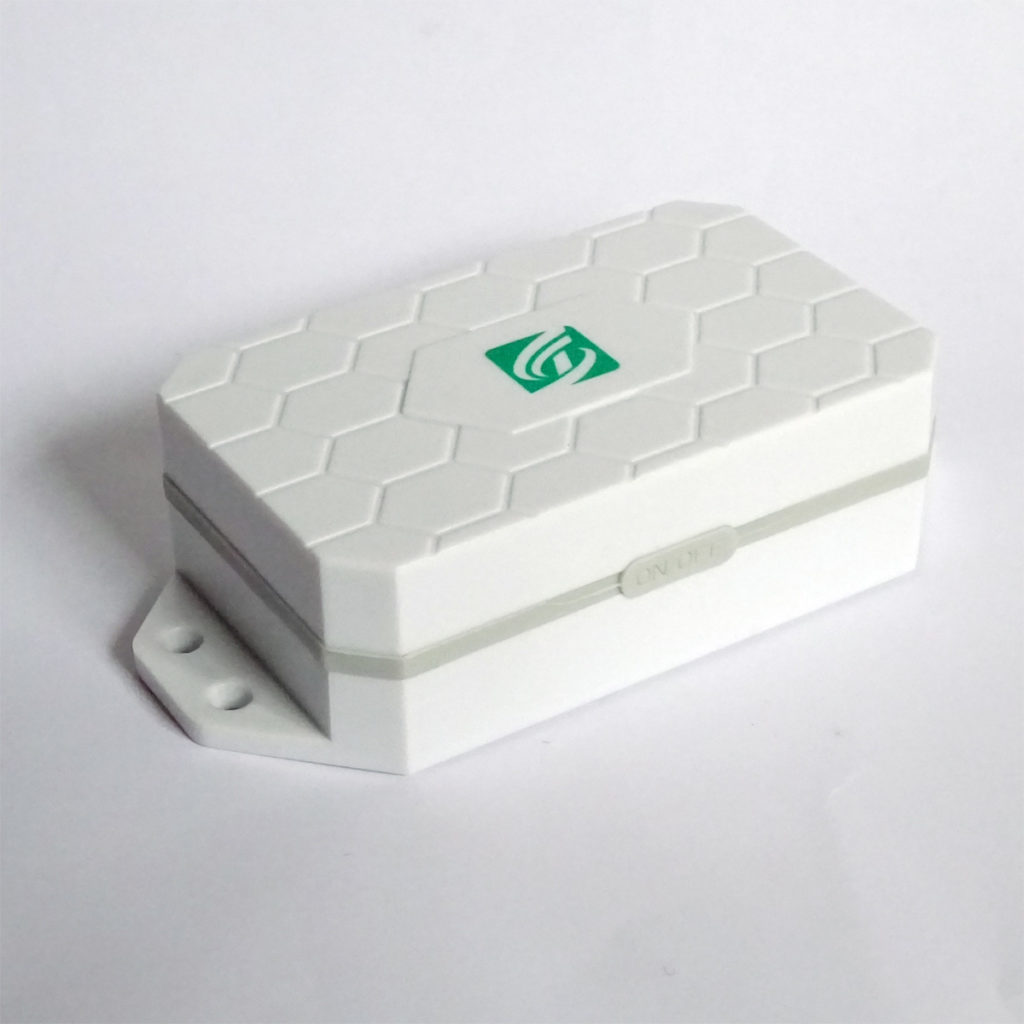
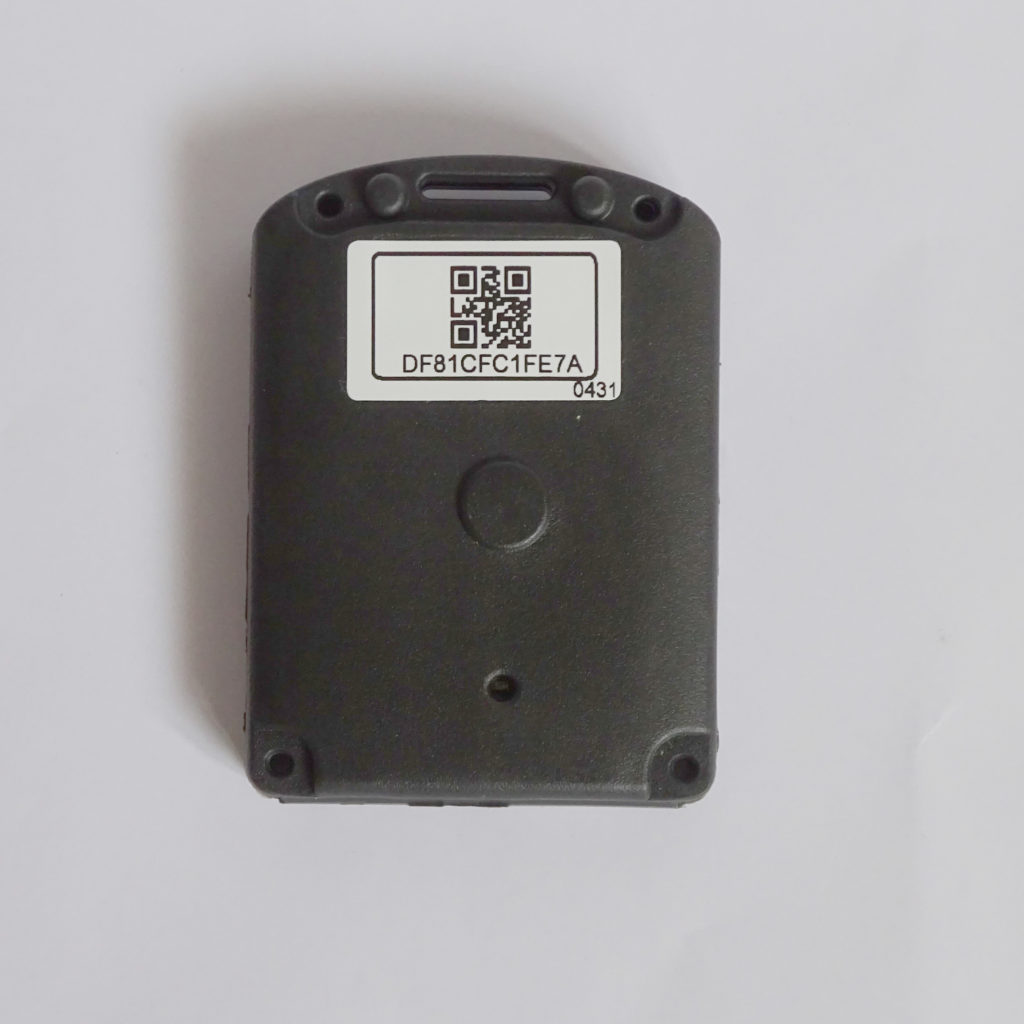
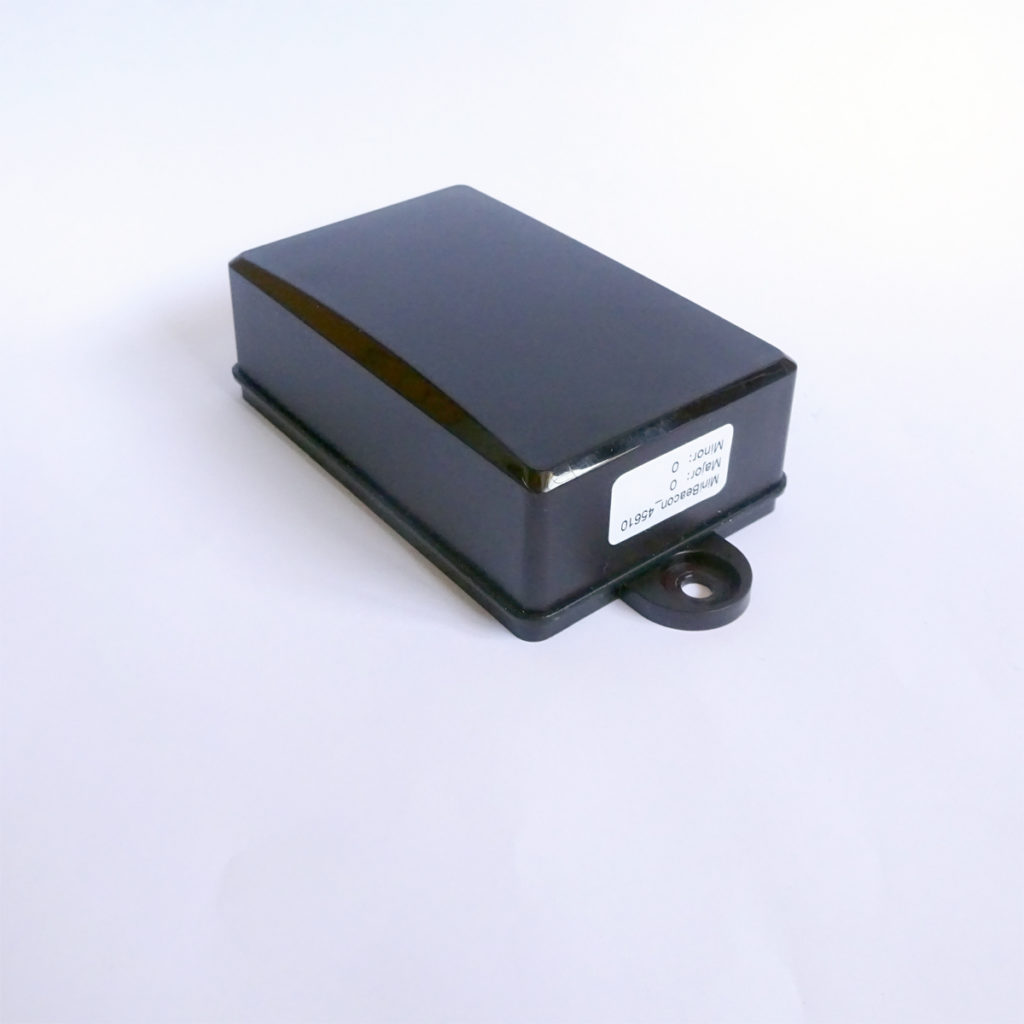
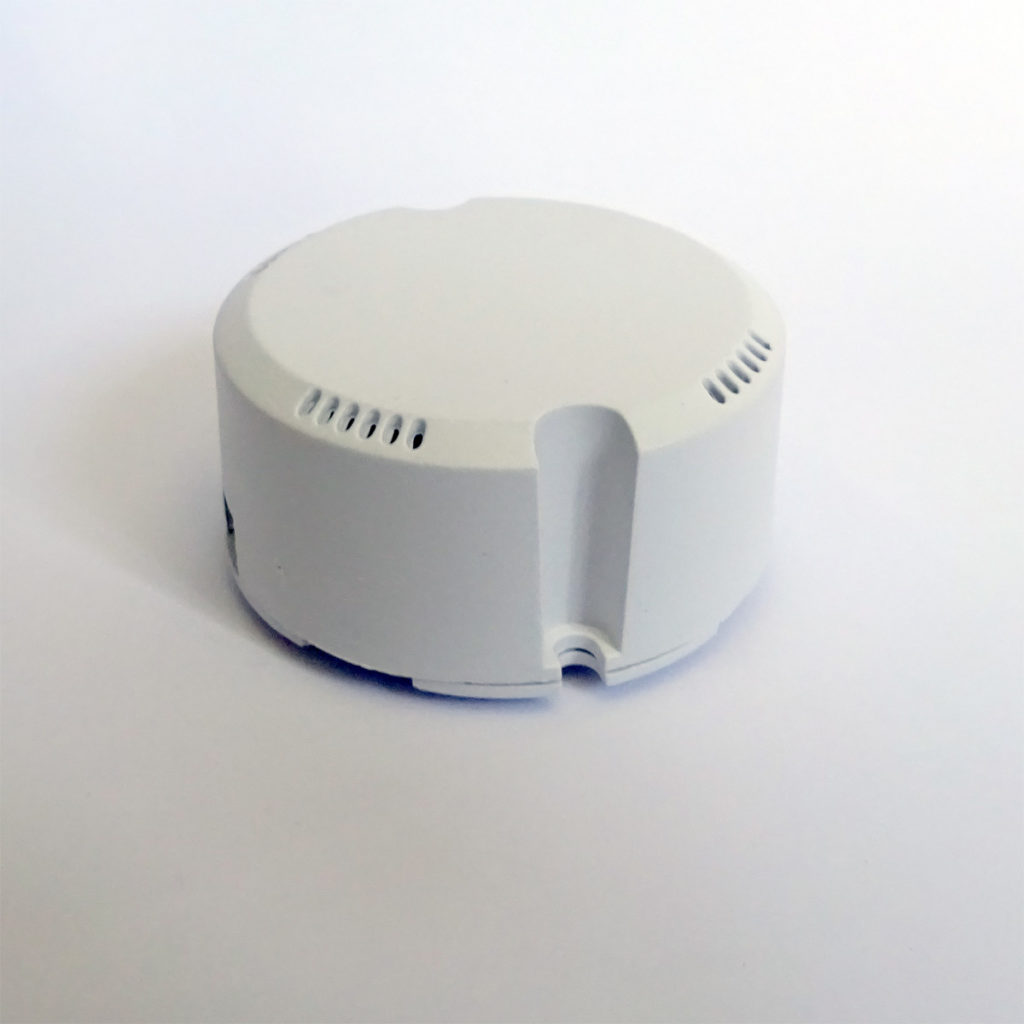

For wearable beacons, many have a loop that can be attached to a lanyard or keyring. There are also wristband form factors.
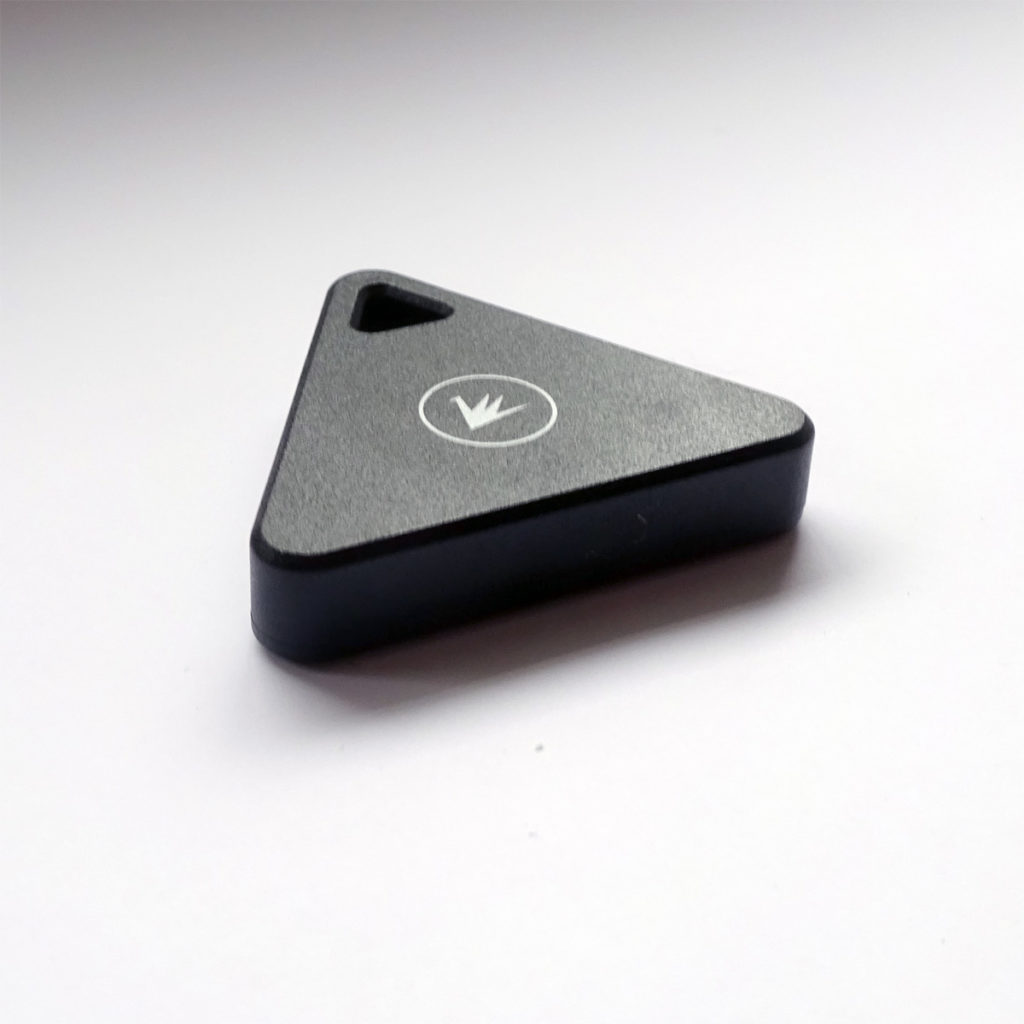
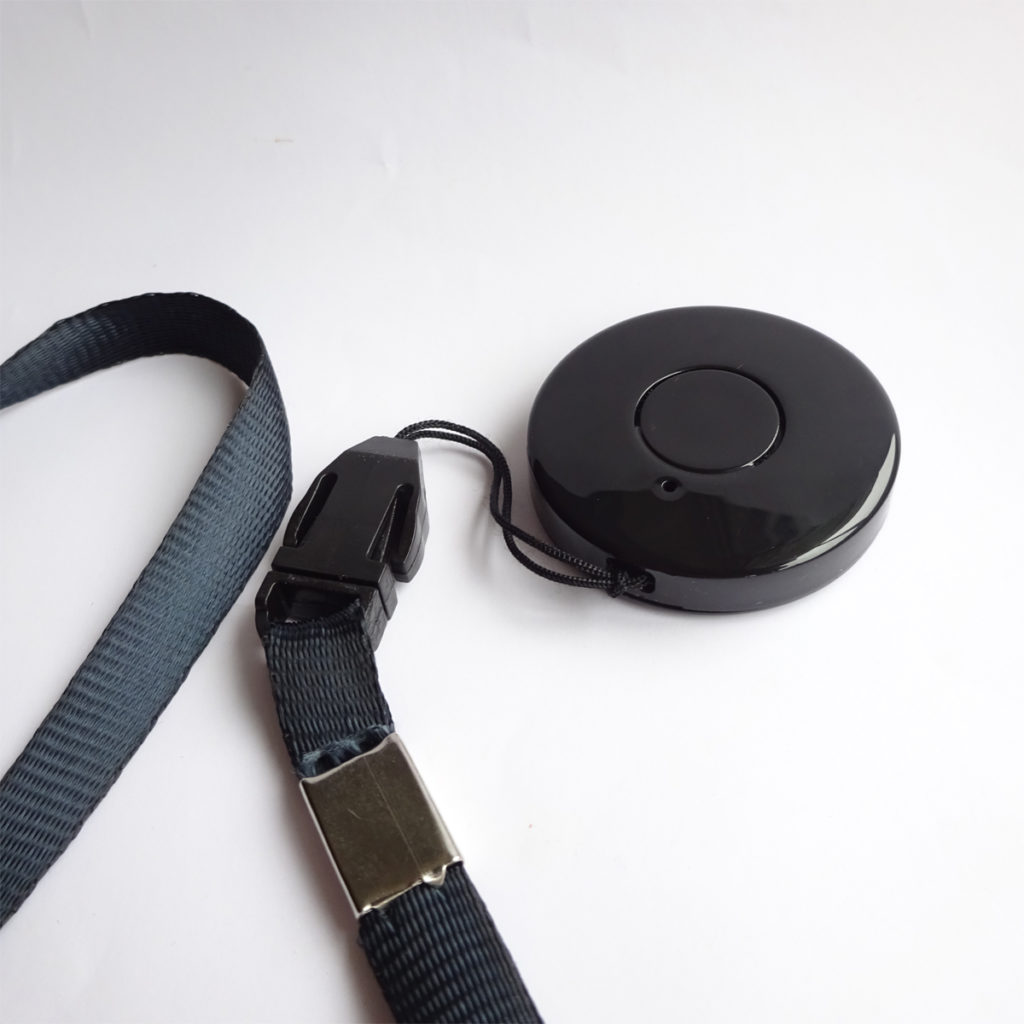
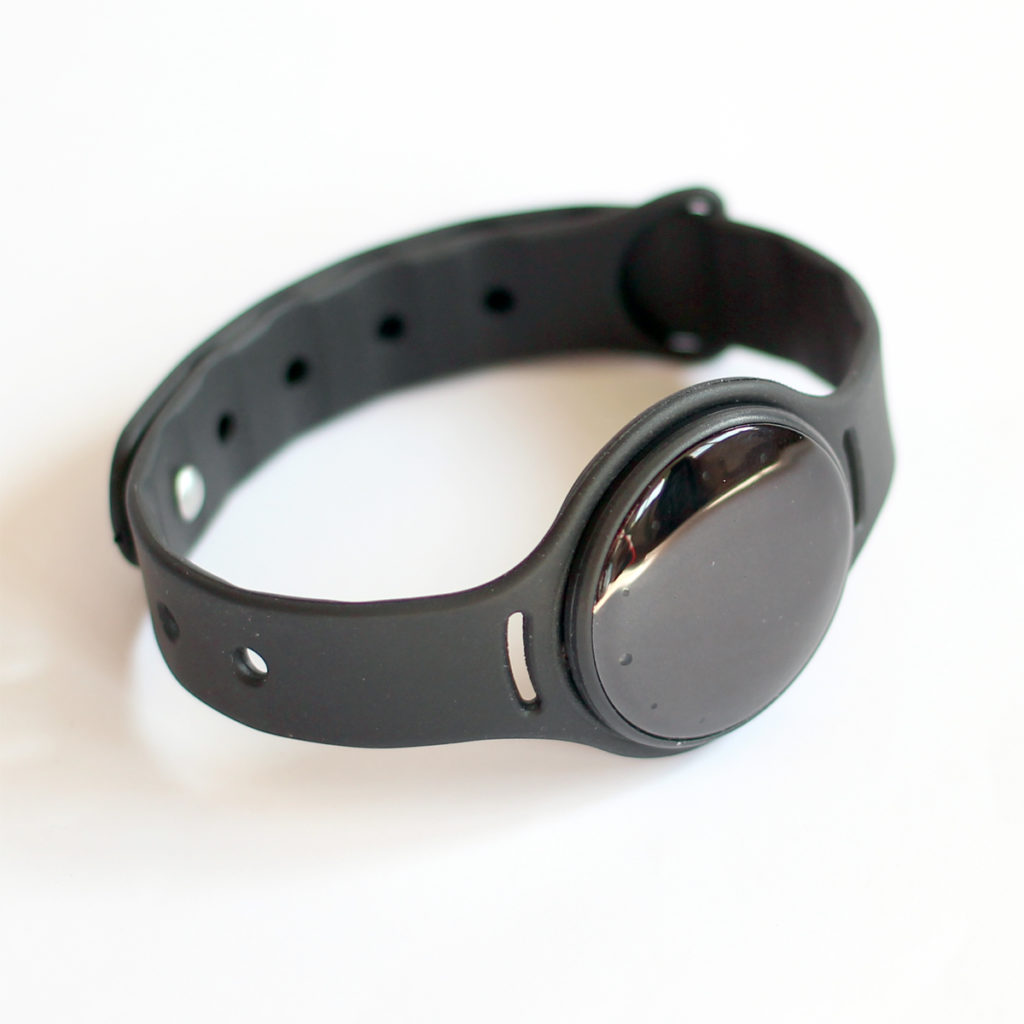
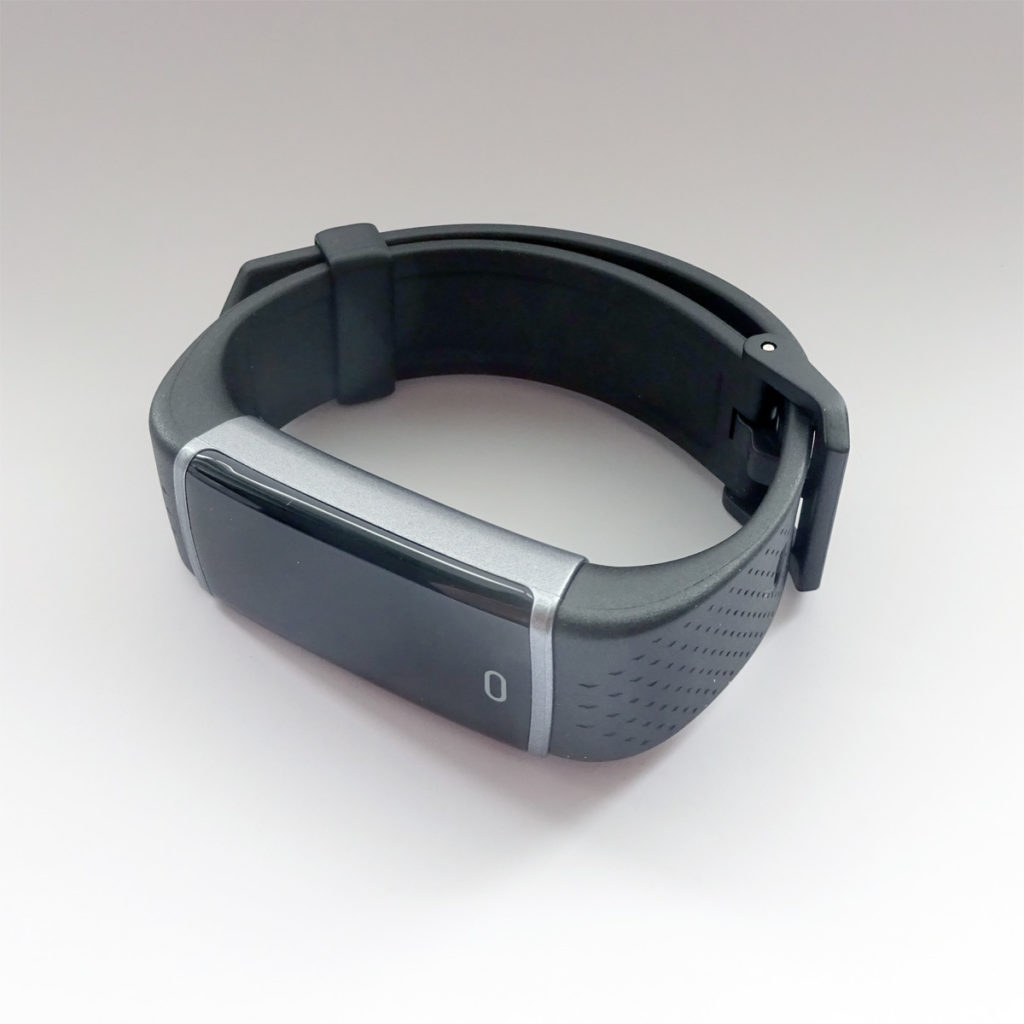
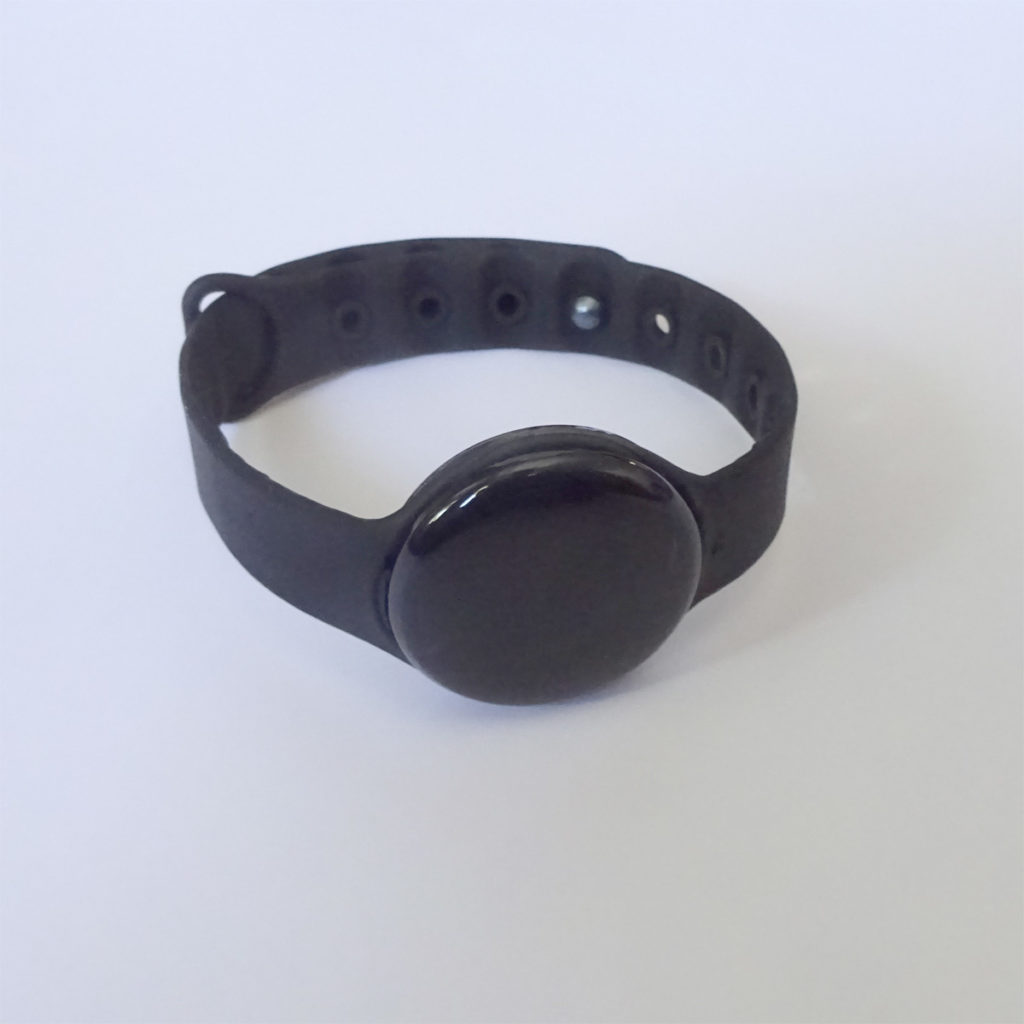
Finally, a few beacons have the option to use a magnet for attaching to metallic objects.
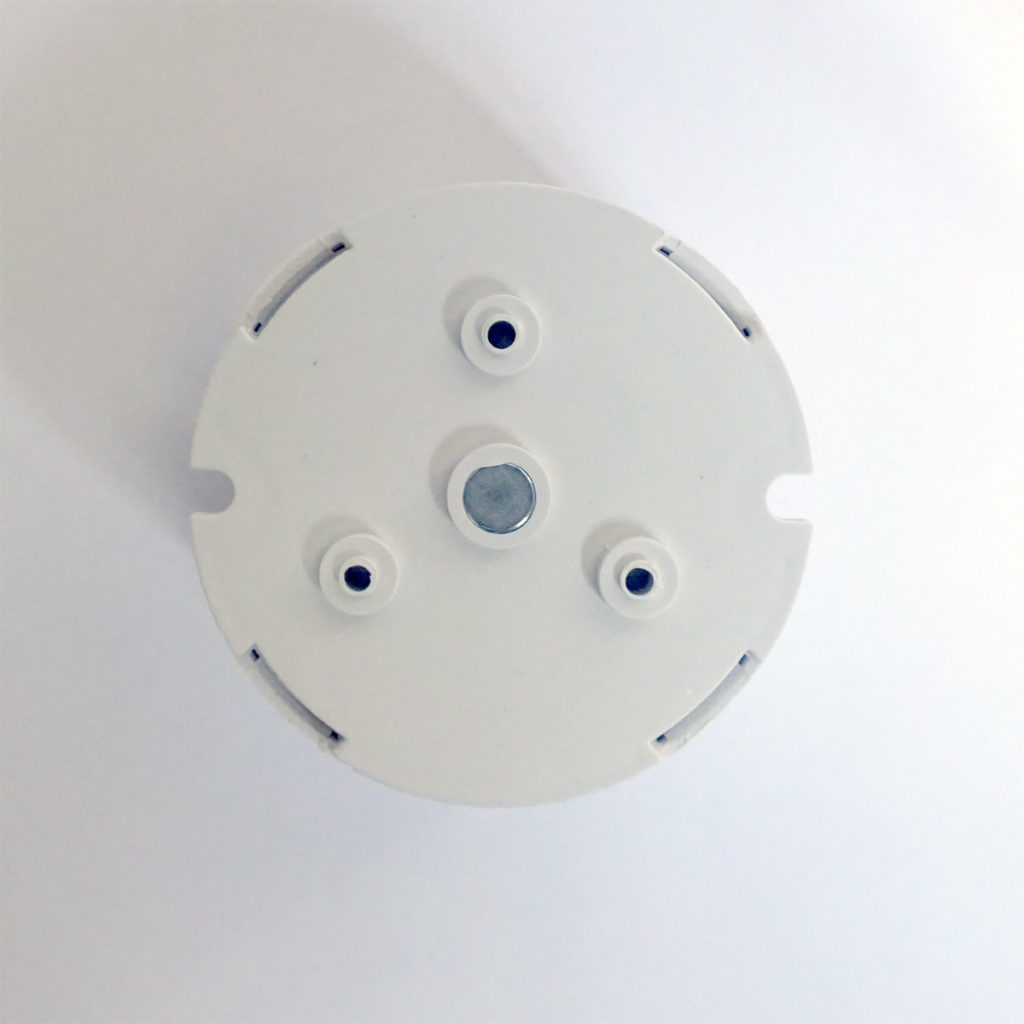
Nordic Semiconductor has a recent article by Petter Myhre Jun on Wireless Solutions Take Sports Tracking to New Level.
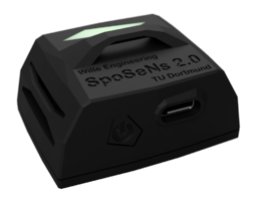
Petter talks about how location and movement sensors can be used to take athletic measurements for monitoring, analysis and performance improvement. He describes the SpoSeNs 2.0 Professional Wearable built round Nordic Semiconductor’s nRF52840 SoC.
However, many types of sports measurement can be implemented using off the shelf sensors. Standard beacons can be used for locating and Bluetooth sensors with accelerometers used for finer measurement of movement.
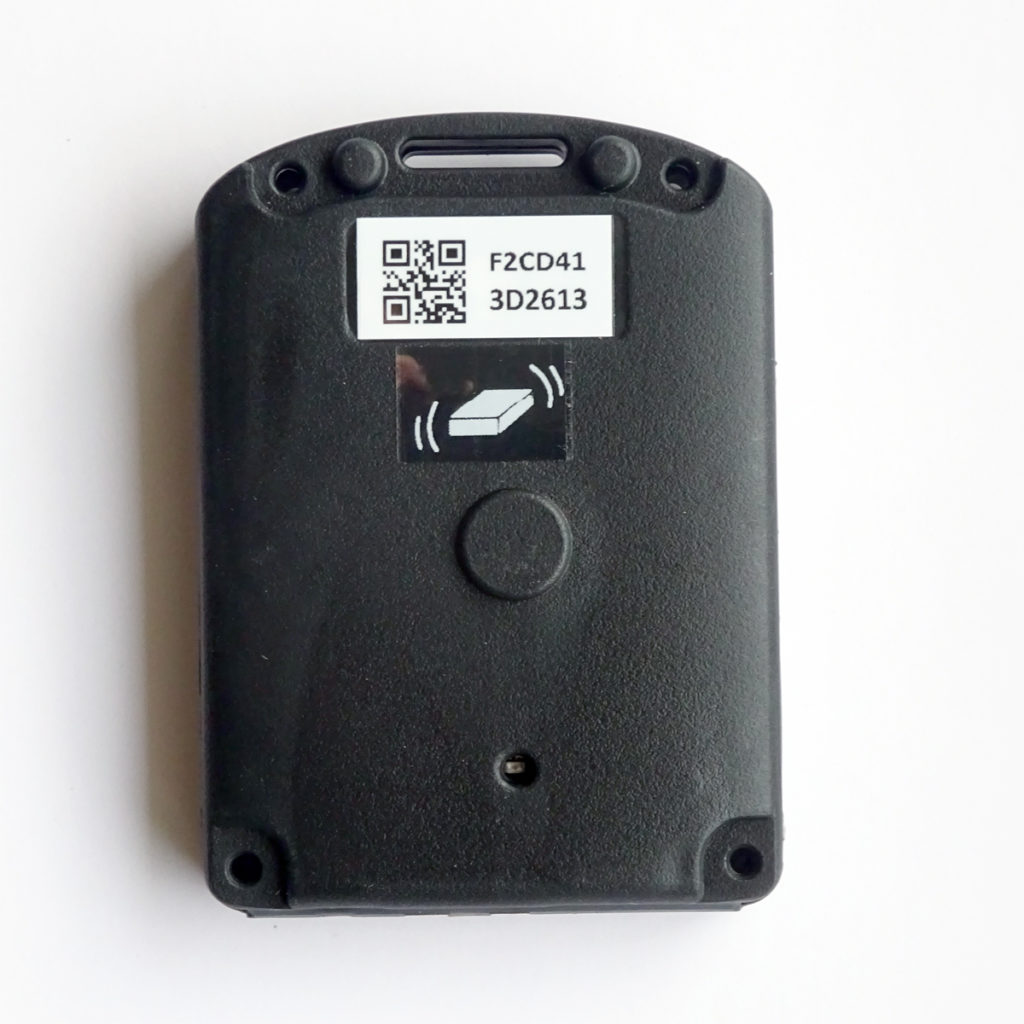
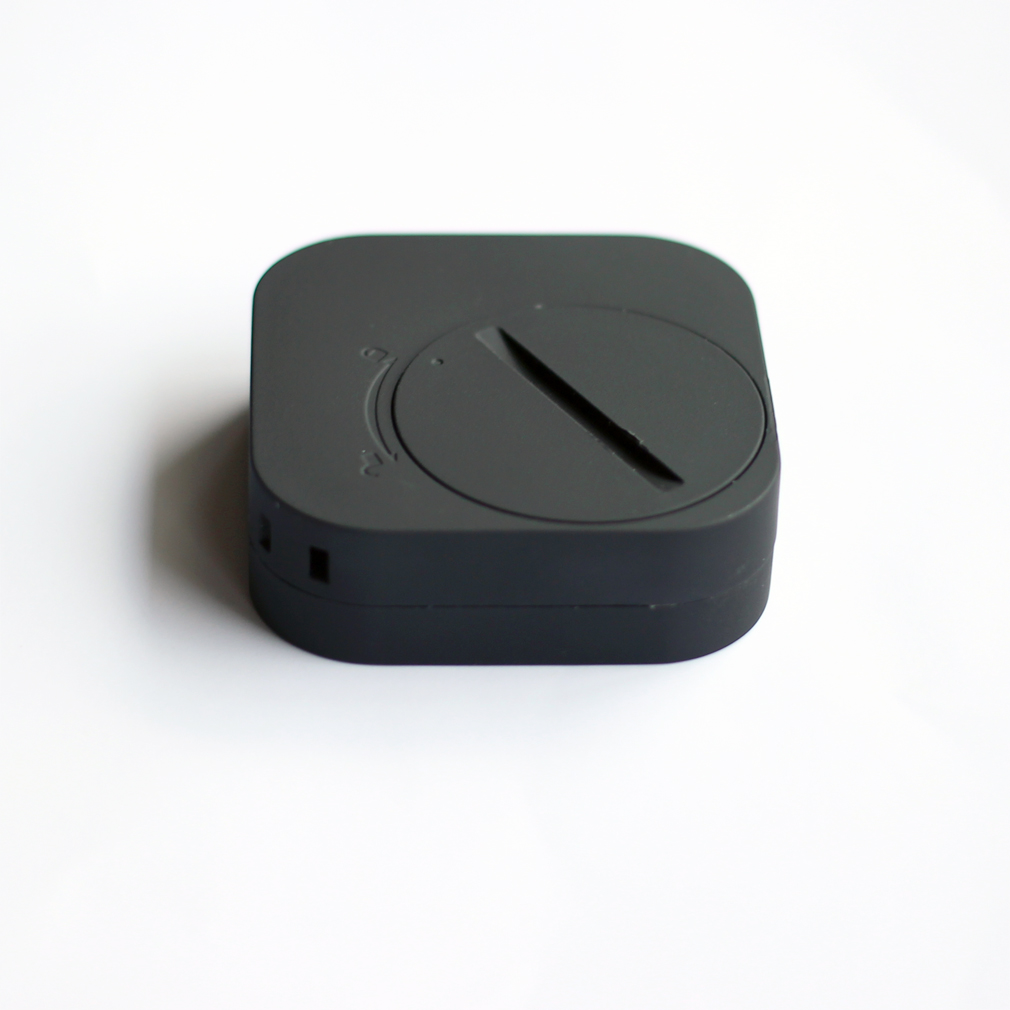

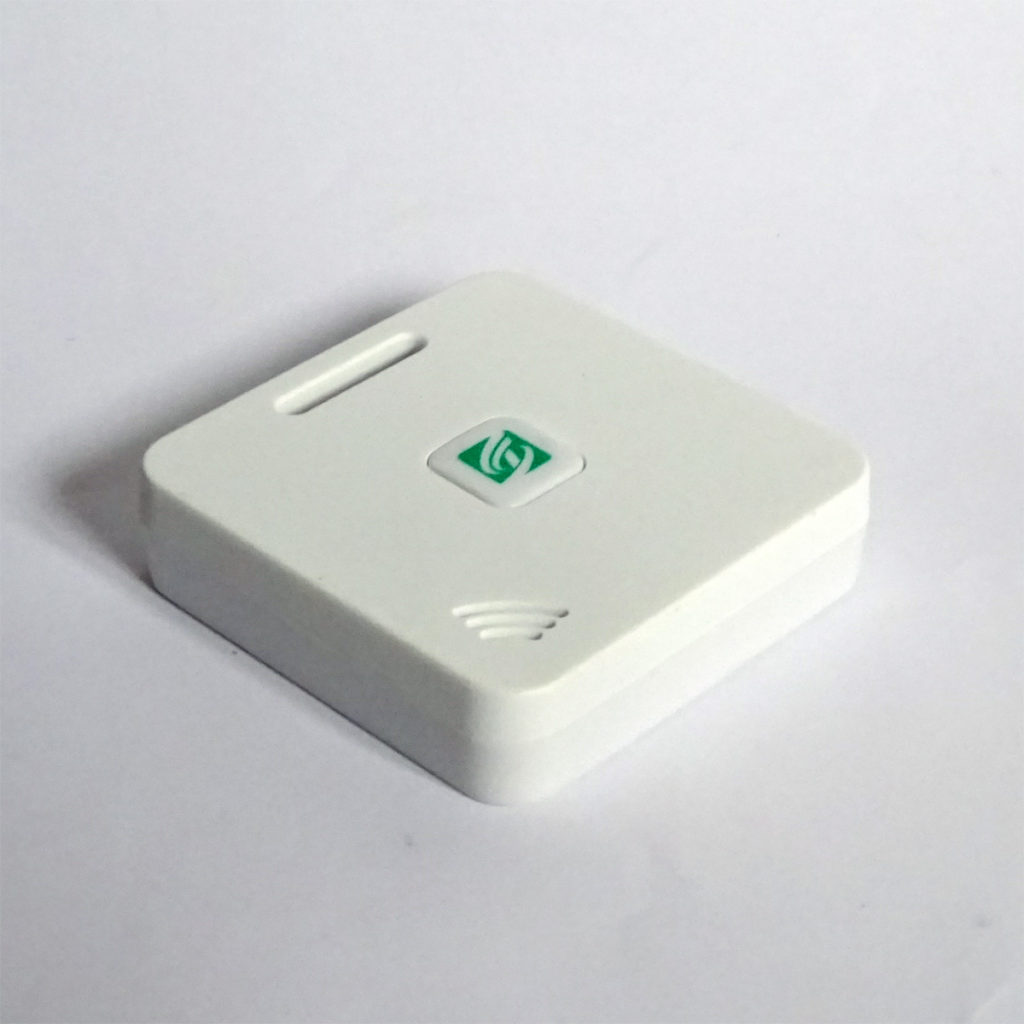

It’s also possible to measure heart rate that can lead into health related applications. We previously worked on Ultimate Sport Service’s heart rate tracking project. Ultimate Sport provide running race timing solutions. The heart rate tracking project allows Ultimate Sport to collect and display the real-time heart rates of a group of runners.
BeaconZone was a key part in succeeding with our custom heart rate tracking project. From assessing potential challenges in the Bluetooth framework on iOS and Android to evaluating hardware possibilities, we got valuable and accurate advice. The project was delivered on time and we are confident we will be working together again in the future.
Ultimate Sport Service Aps, Denmark
Beaconzone founder, Simon Judge, has posted a new article on Linked on Improving Factory Productivity in the Age of Covid-19. It takes a look at how factories are needing to scale up (or down) while, at the same time, maintaining social distancing.
Digitising manual production lines provides visibility through the use of contact-less measurement that can be used to improve productivity. The article explains how to get started.
Artem Gapchenko has created a new Android Bluetooth scanning library called Luch that looks for beacons when the app is in the foreground. Unique features include it’s lightweight at a just over 50Kb, it performs RSSI smoothing and it calculates distance based on the RSSI.
There’s an article on Medium and the source code on GitHub.
Nordic, the manufacturer of the System on a Chip (SoC) in many beacons, has published the latest issue of Wireless Quarter Magazine. It showcases the many uses of Nordic SoCs.
This issue has a special feature on how Nordic powered devices are helping the fight against Covid. This includes smart thermometers, smart pulse oximeters, smart soap dispensers, improved cleaning of VR headsets and social distancing/contact tracing solutions. Of social distancing solutions the magazine says:
Technology is needed to enforce social distancing. Bluetooth LE wearables are emerging as one of the most promising workplace solutions
There’s also product news such as Lynxemi’s vibration and temperature sensor platform for predictive maintenance and the Carv Bluetooth LE sensor ski training solution. The magazine also includes an article on ‘STEAM’ (science, technology, engineering, the arts, and mathematics) and how the MICRO:BIT is going global.
Theatre and performing arts are currently going through a crisis as theatres remain closed but are still experiencing ongoing costs with no income. Performers are juggling new jobs to make ends meet. In the UK alone there’s a projected £74bn drop in revenue for the creative industries and the loss of 400,000 jobs. There’s a growing realisation that the Covid pandemic is going to be with us for a long time. Even when there’s a vaccine, it will take a long time to manufacture, only provide for gradual vaccination and probably require seasonal re-vaccination much like flu.
With this in mind, once theatres are allowed to re-open, they will have to adapt to the new normal. Andrew Lloyd Webber’s pilot performances are leading the way with improvements in hygiene, social distancing, temperature testing, mandatory face masks and special anti-viral sprays.
The Grand Theatre in Blackpool has a new article on the Future of Theatre In A Digital World. It describes new innovations that will improve the customer journey as well as provide for more automated contact-less engagement required for coping with the Covid crisis.
The aim is to integrate all systems to improve the customer experience, raise more online reviews and gain customer feedback. This starts with smart booking of theatre tickets through smartphones, watches and home speakers. Tickets reside on your smartphone with associated useful information such as casting biographies, announcements, behind the scenes photos/videos, reviews, cast introductions, offers and vouchers. This will allow for faster returns and seating updates. eVouchers allow contactless use of entry gates, concession areas, car parking passes, public transport tickets and pre-paid taxis.

Bluetooth iBeacons allow for location based:
Some of these things are starting to happen at theatres like the UK’s Blackpool Grand. The contact-less aspects are likely to be accelerated due to the Covid crisis.
We have five new AprilBrother models in stock:





The new EEK-N supports iBeacon, Eddystone and is the first beacon we have stocked that supports the Bluetooth LE Line protocol.
The USB Beacon 306 is one of the few USB beacon that have an external antenna that provides for a longer range up to 100m.
The ABN05 is the smallest wearable iBeacon we have seen with a size of 28.5mm x 28.5mm x 9mm.
The Road Stud is the first rugged cats-eye type beacon. It can withstand a weight of up to 10 tons. It isn’t restricted to use on roads and can instead be used in rough situations, for example, tracking construction site toolboxes.
There’s new research by the Universities of Salento Italy and Panamericana Mexico on the Development of Sensors-Based Agri-Food Traceability System Remotely Managed by a Software Platform for Optimized Farm Management.
It demonstrates the use of IoT to revolutionise farming. A system was implemented to provide for:
Sensors allow calibration of irrigation and fertilisation based on crop type, growth phase, soil and environmental conditions. The traceability allows monitoring of the movements of food products from the field, through storage to end consumers.

Bluetooth LE sensor tags are used for monitoring conditions during storage and transportation so as to assess freshness, integrity, as well as to provide for traceability.

The system enables enables management strategies that anticipate or delay crop collection, fine tuning the irrigation/fertilisation timing based on customers’ requests. This allows farmers to achieve economic benefits and reduce agri-food waste.

Read about Beacon Proximity and Sensing for the Internet of Things (IoT)